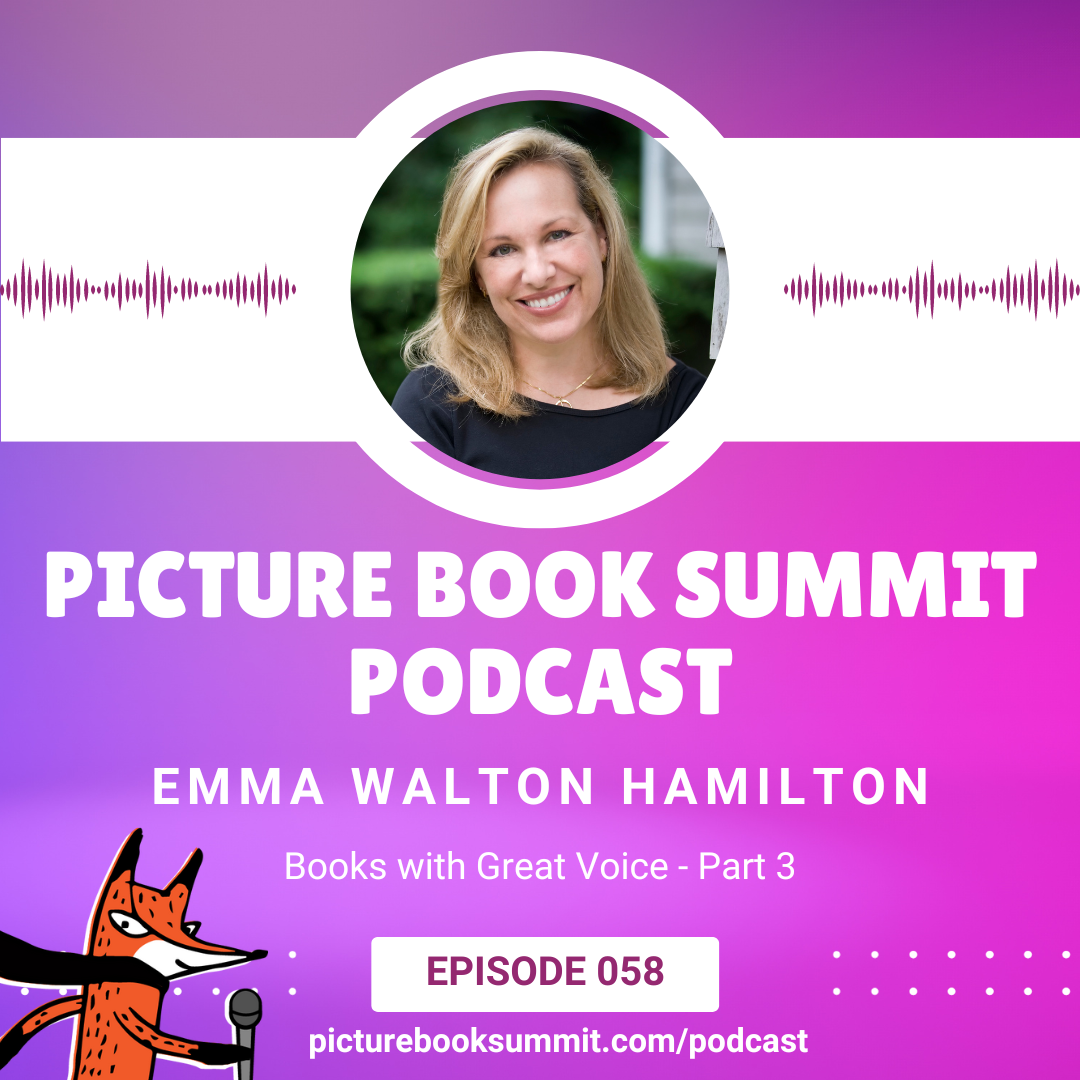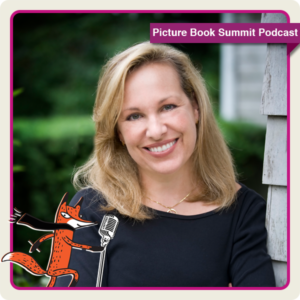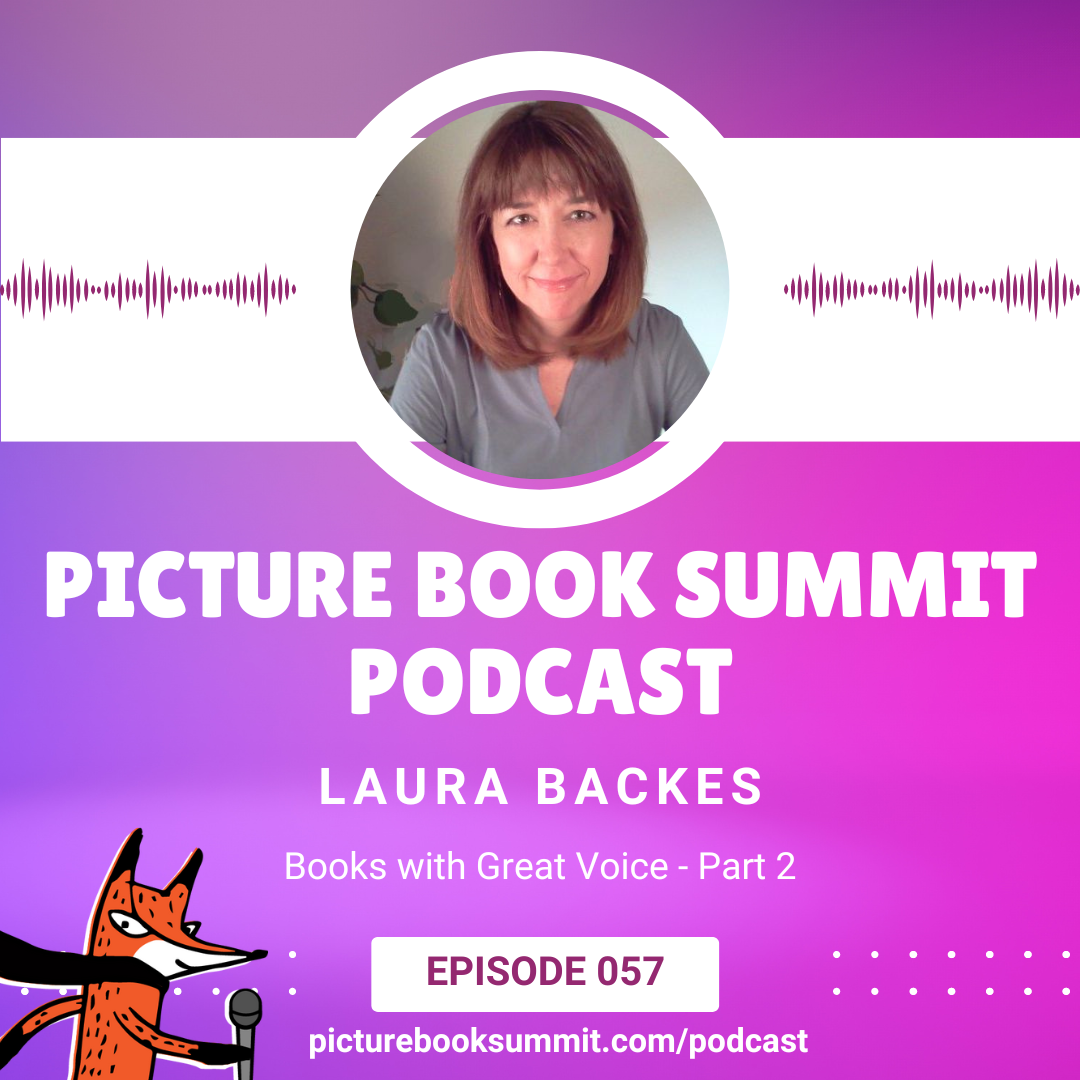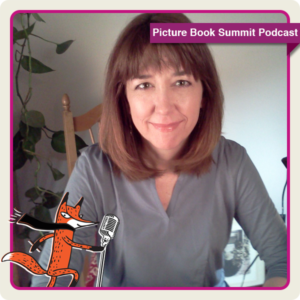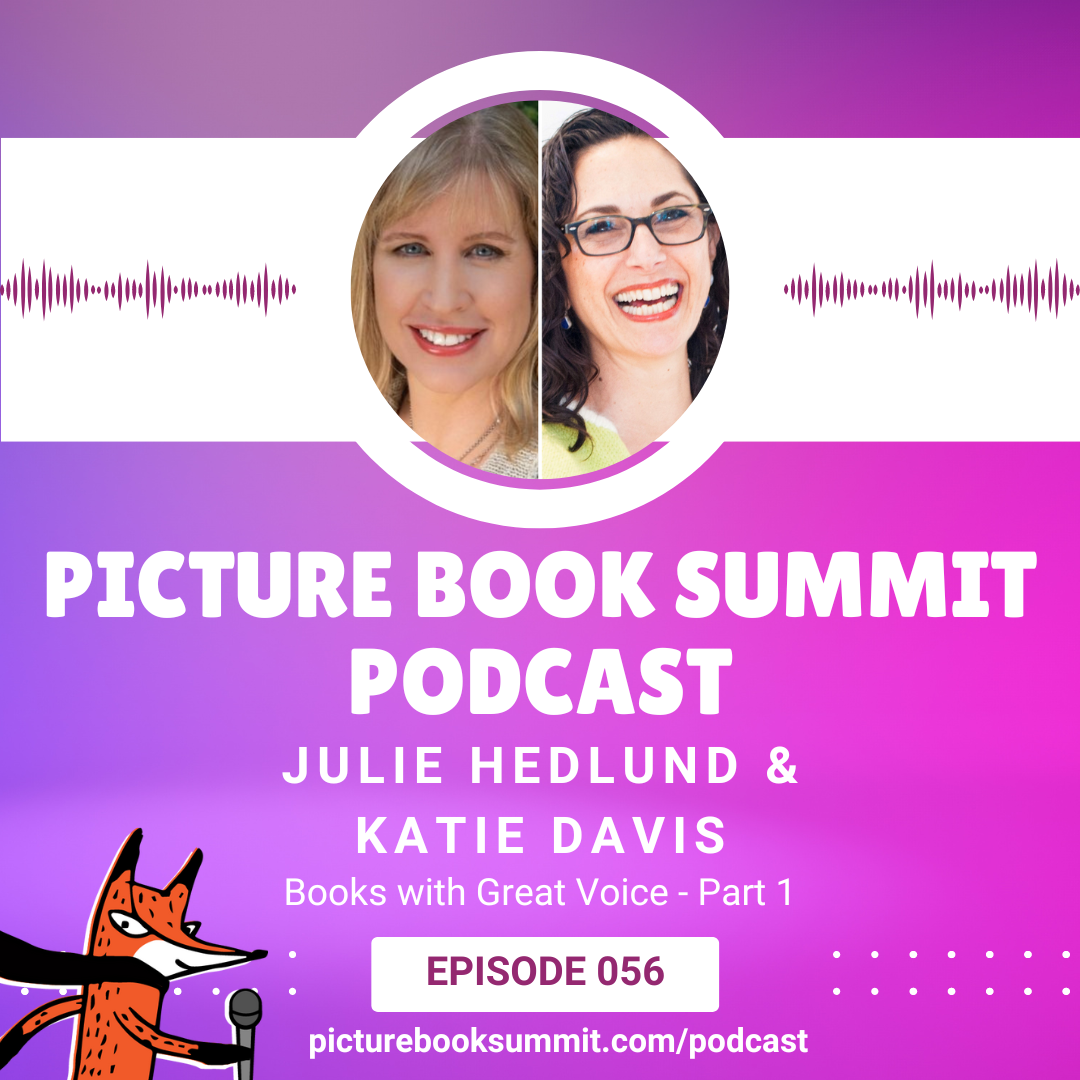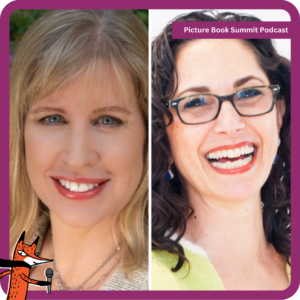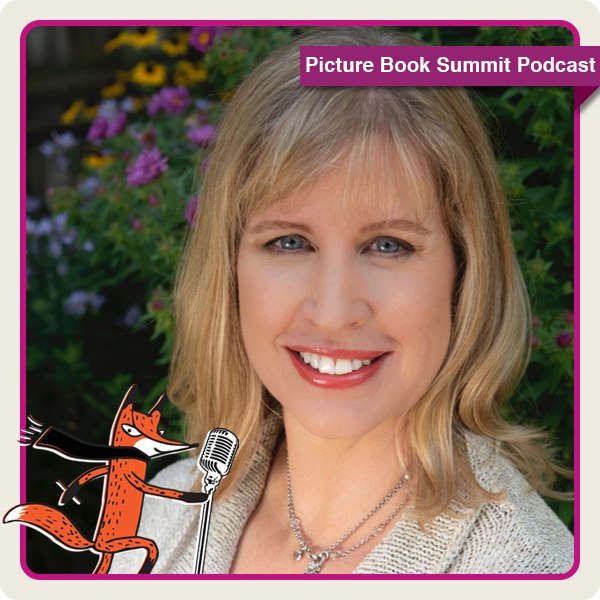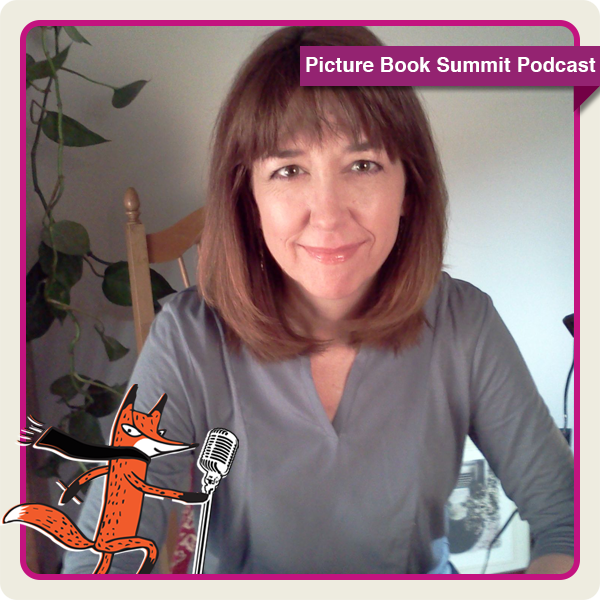Podcast – Read-Aloudability – Part 3

It’s time for part 3 of Read-aloudability: The Measure of a Great Picture Book. If you missed our last two episodes, you can listen to those here and here. Our first two installments reveals ways to improve read-aloudability on a story level. In our final installment, Emma Walton Hamilton shares why picture book authors, screenwriters, and playwrights have a lot in common.
With tips to make your (often adult) reader feel like a rockstar, Emma shares how to make your manuscript reader-proof.
Listen here:
Listen to the other episodes in this series here:
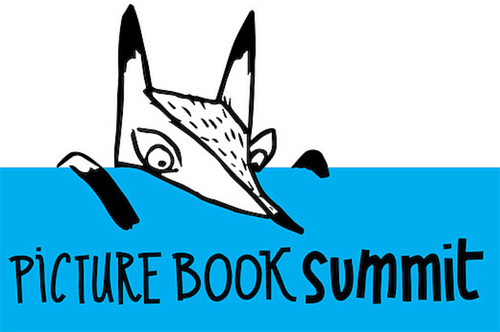

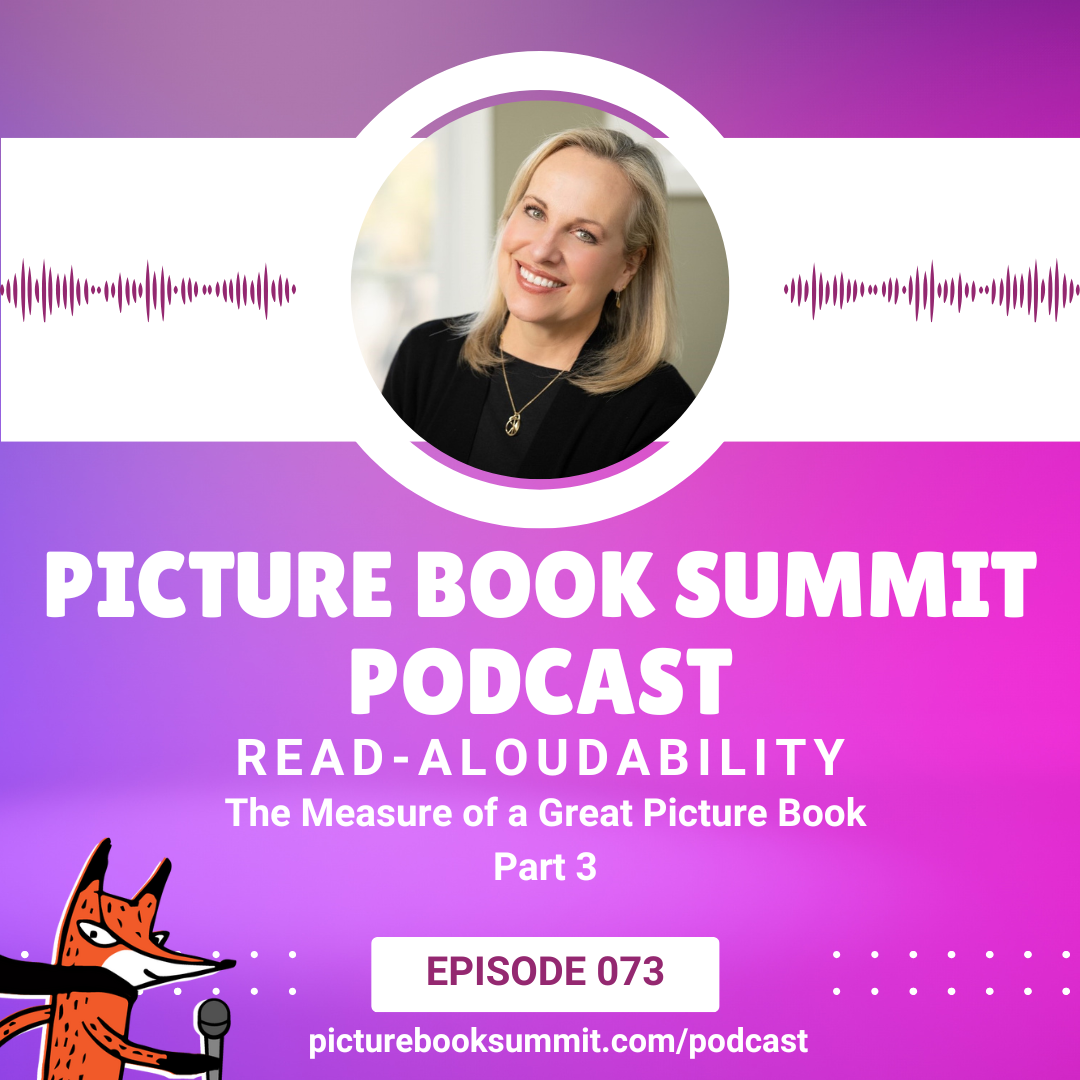
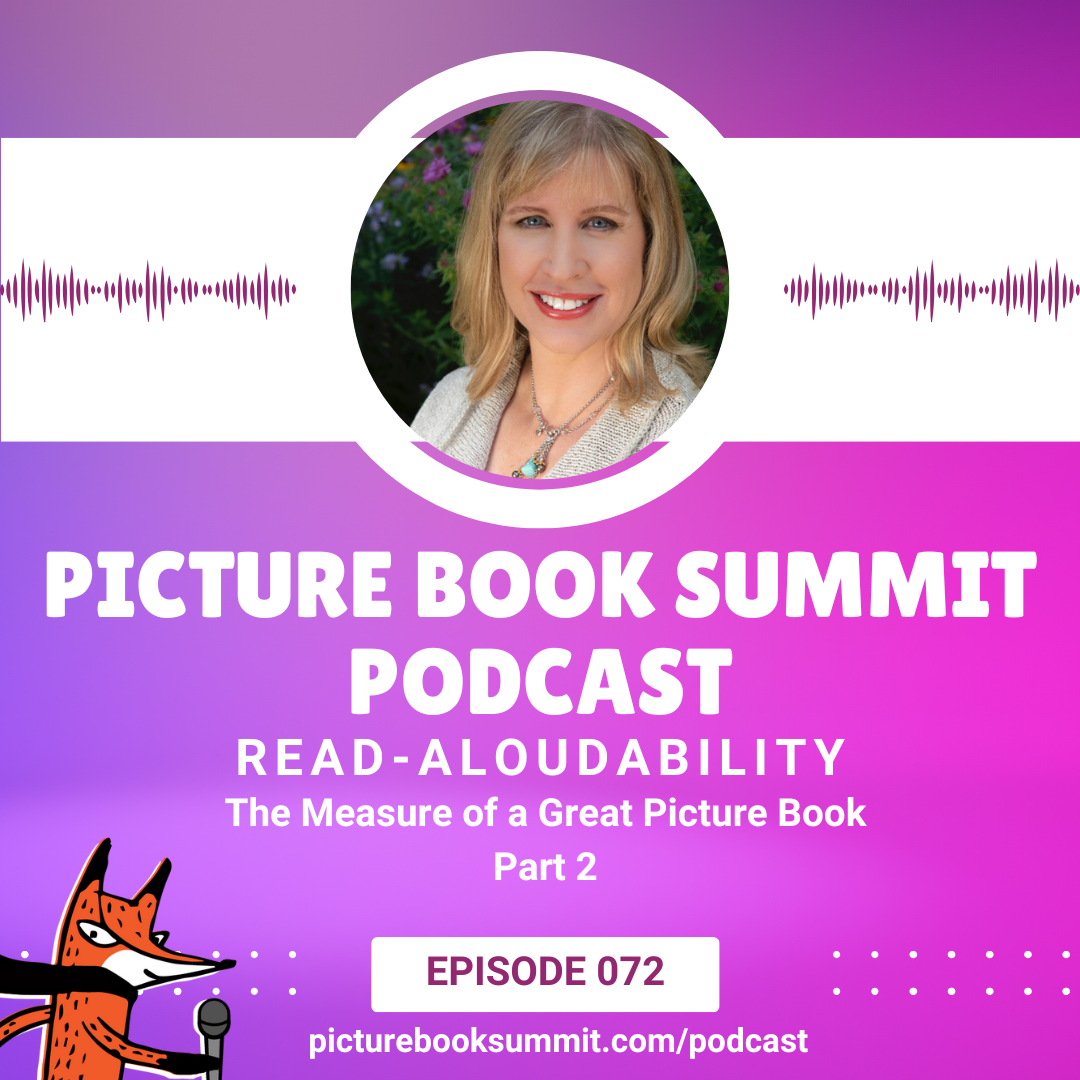
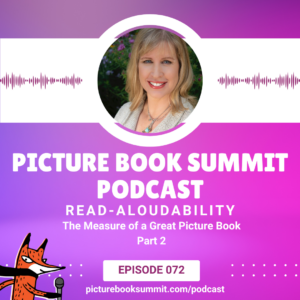
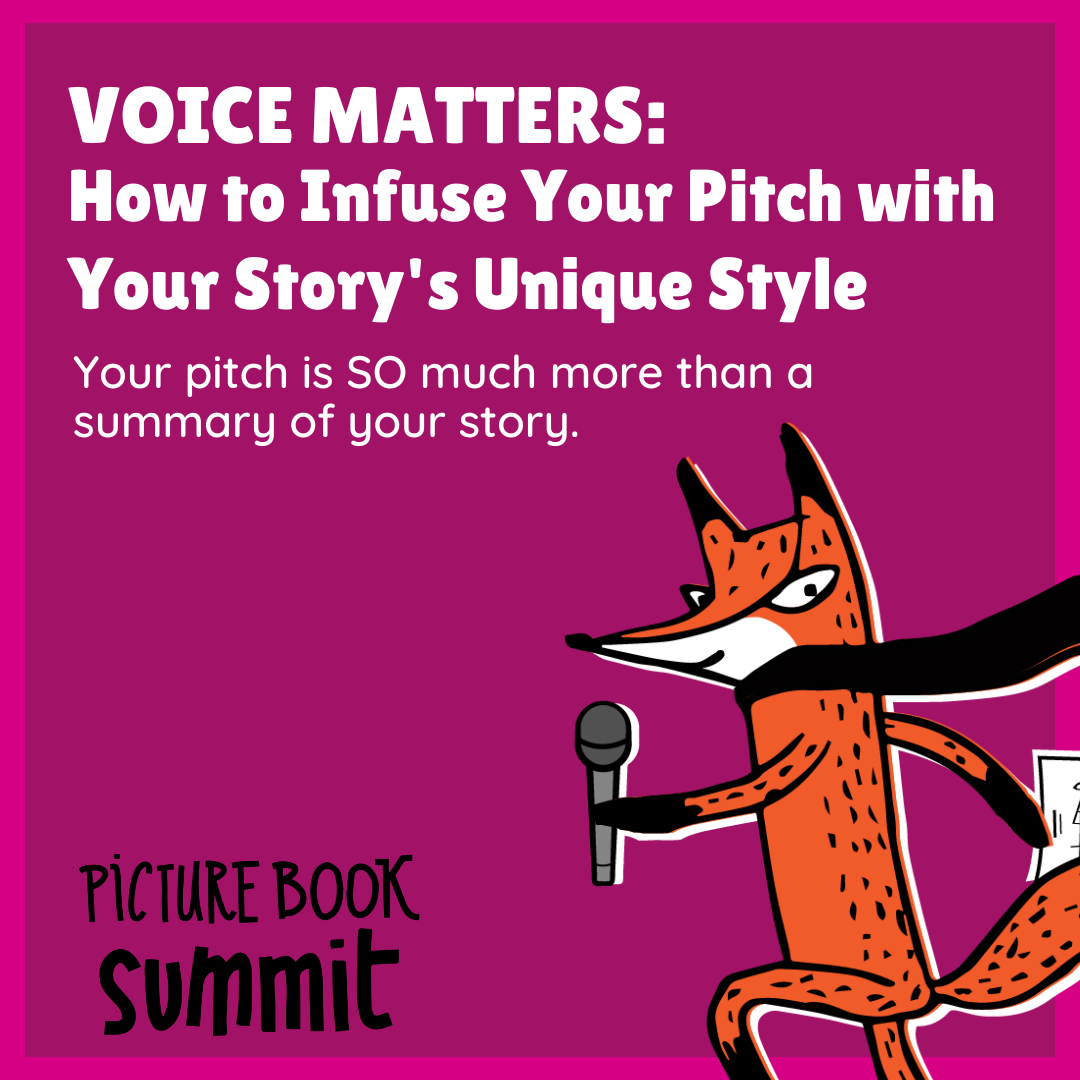
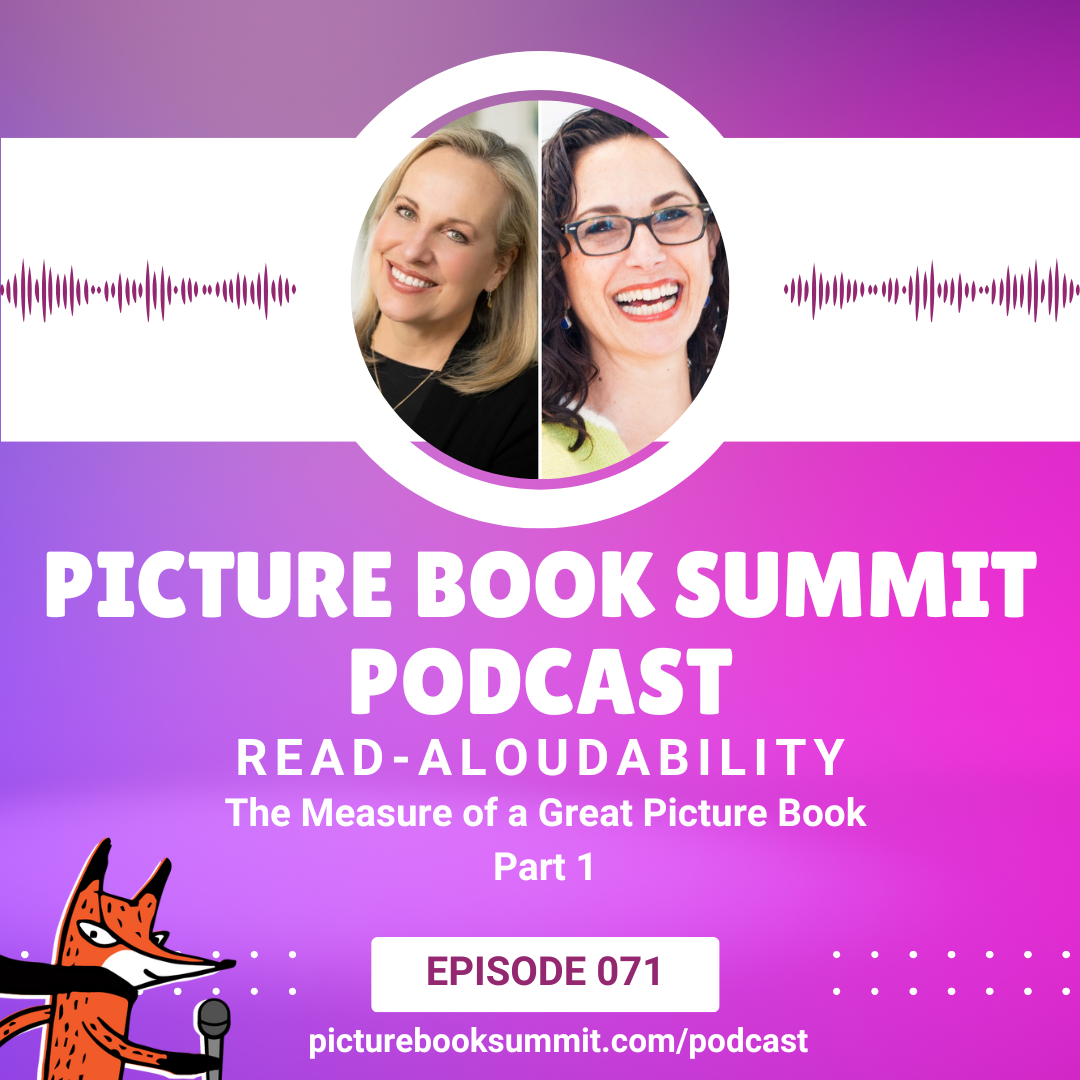
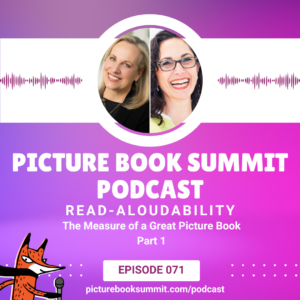
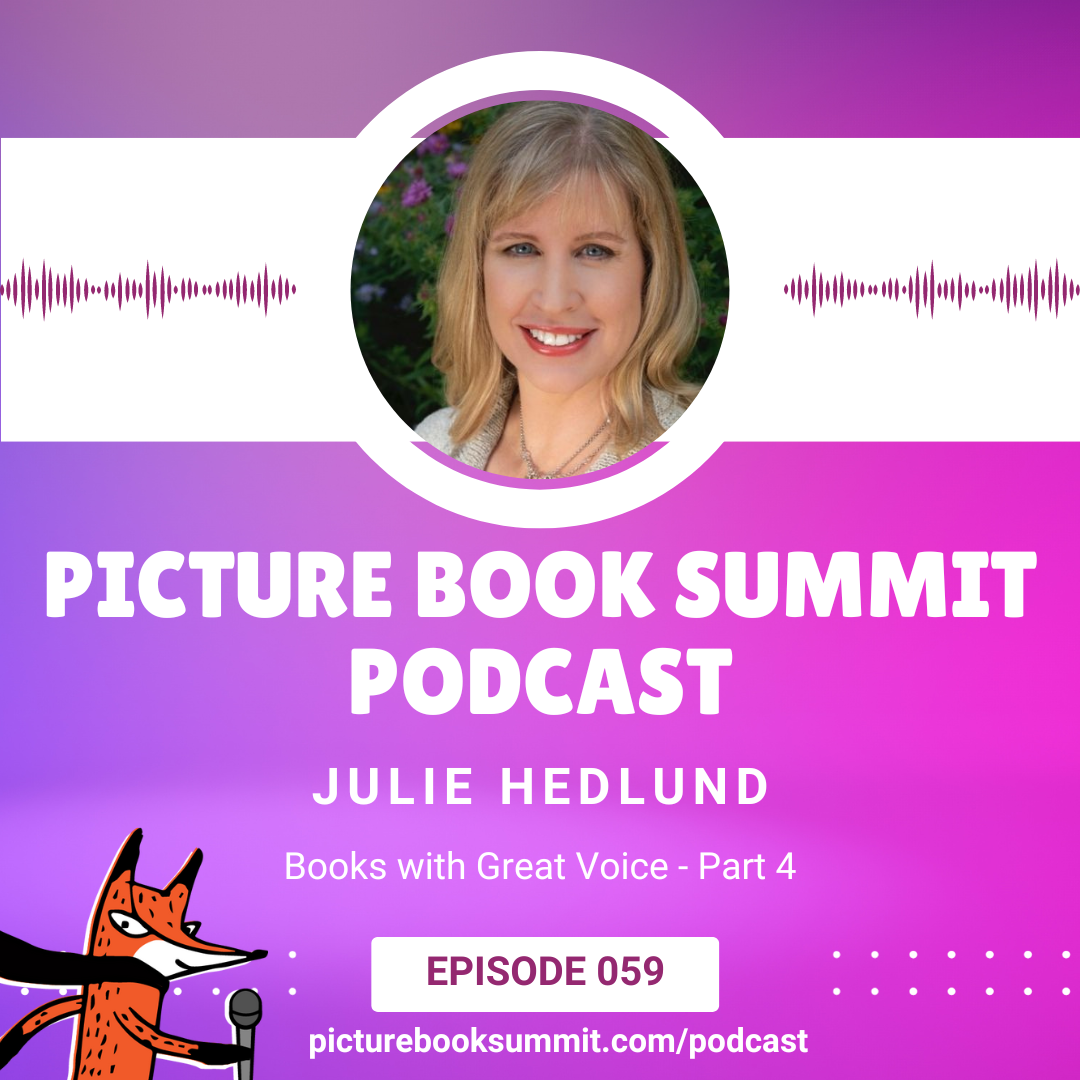
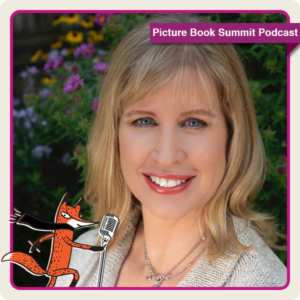 It’s the final installment (for now!) in our discussion of Picture Books with Great Voice! If you haven’t heard the rest of this series, be sure to catch up at the links below:
It’s the final installment (for now!) in our discussion of Picture Books with Great Voice! If you haven’t heard the rest of this series, be sure to catch up at the links below:
